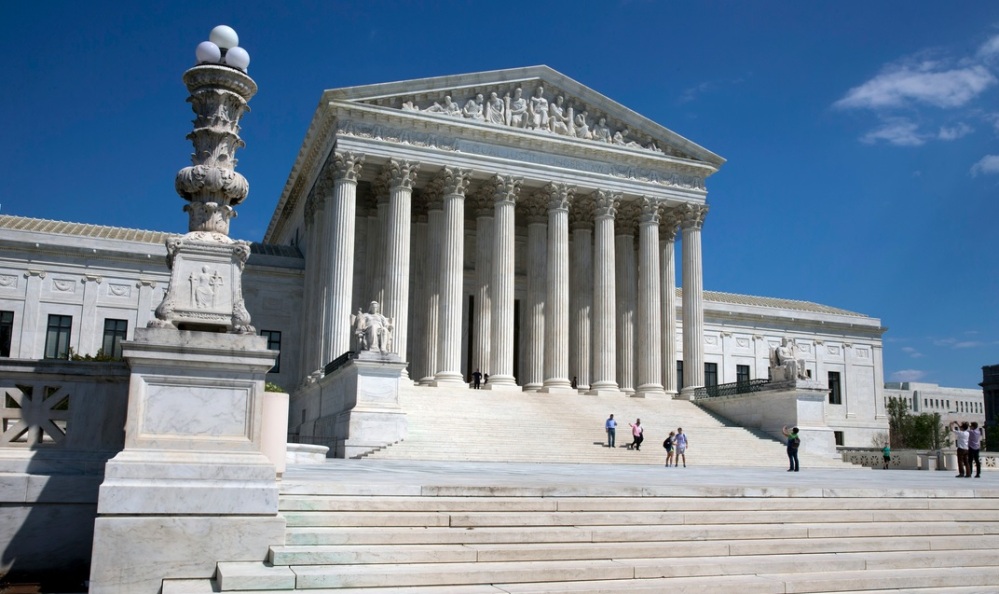It all comes down to cash flow. While renewable prices continue to drop, there is still the need for subsidies to make these projects cost-effective. According to John Eber at J.P. Morgan, the renewable energy market will be similar to 2015 at $13 billion. An interesting 2015 footnote is that it is the first year solar ($6.8B) eclipsed wind ($6.4B) in deals closed. Patrick Woodson believes that 50GW of renewables will be installed by 2020.
Development itself is reinforced by the lack of interest in nuclear or coal plants. Even natural gas plants are vulnerable with public consciousness all too aware of how quickly gas prices can change. In fact, the lack of needed fuel for sources like solar and wind has changed the industry altogether.
Michael Polsky, CEO and president of Invenergy, said there is some concern nonetheless. As utilities seek lower prices, solar and wind developers are engaged in a “race to the bottom” according to Polsky.
Furthermore, there is the constant pressure of tax credits. While fossil fuels continue to have $17.2 billion in subsidies along with billions more in state subsidies, renewables are always just squeaking by in subsidies. Last December, the Production Tax Credit (PTC) was extended through 2020. However, there is a stepped-down phase throughout. It will drop 20% in 2017, 40% in 2018, and 60% in 2019. For large solar, the Investment Tax Credit (ITC) will extend to 2024, but it will drop 4% a year 2020-2022. After 2022, it will be at 10%. Finally, residential solar ITC lasts through 2020, but it will completely phase out by 2022.

It is thought that the tax credits will last long enough until the Clean Power Plan (CPP) takes place in 2022. Yet, there the legislation is currently on stay at the Supreme Court which means that it is in legal purgatory until litigation is resolved. Numerous states, including West Virginia and Texas, challenged to get the stay enacted on the CPP. Public utilites have expressed support for the stay as well. The Obama administration said the Clean Air Act gives the EPA the ability to regulate power plant emissions while the naysayers state that they cannot regulate what goes “outside the fenceline” of power plants. It is just another manifestation of private property and absolving responsibility. Just throw the trash in your neighbor’s yard, and it’s no longer yours.
Despite all this, as solar and wind continue to grow and become cheaper to install, market prices in the overall energy sector will face increasing pressure to drop as well. This includes natural gas and other fossil fuels. So in a way, there will be race to the bottom in the energy sector as fossil fuels and larger capacity plants try to preserve themselves in this shifting energy landscape.
